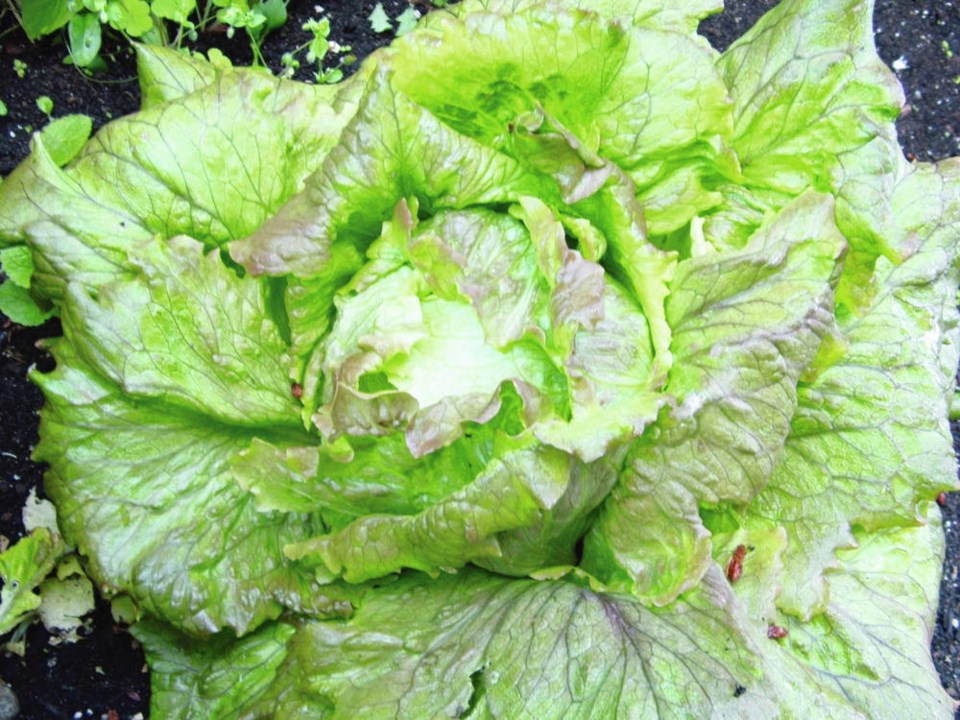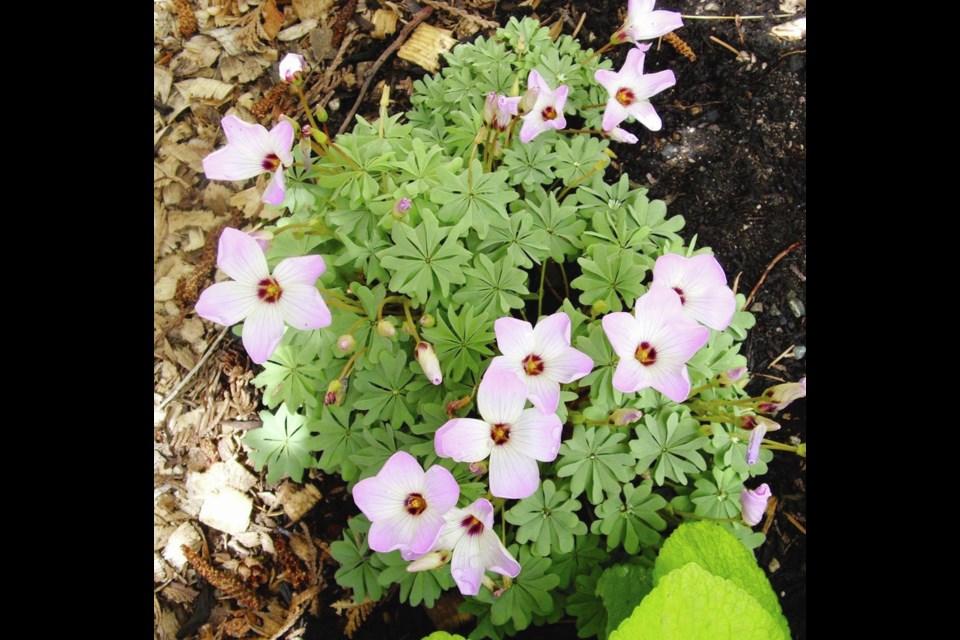Dear Helen: I was surprised to read in one of your recent columns that you were planning to add more oxalis plants to your garden. You described one in particular and the column included a photo. This is puzzling, because oxalis plants I’ve encountered, though they are pretty, are invasive and very hard to control.
F.D.
There are hundreds of oxalis species. Many are invasive, but Oxalis adenophylla, the species I wrote about, is not one of them. It grows from tubers purchased and planted in the fall. Growth appears in the spring and forms neat clumps of clover-like foliage that are dotted with pink flowers in late spring and early summer. Like most spring-flowering, bulb type flowers, top growth dies down and the tubers produce fresh foliage and flowers each spring.
I too have an oxalis, one my children’s piano teacher gave me years ago, that has proven, like the oxalis plants you have encountered, to be an intractable spreader. It too is quite pretty, but a nuisance. I think of it still as “teacher’s revenge.”
Dear Helen: Is it always necessary to thin seeded rows of vegetables? Do you thin everything you’ve seeded and is it better done in stages or in one session?
V.P.

If, and how, thinning is done depends on the planting. I space shelling pea seeds evenly along the base of wire fencing so that no thinning is required. Root vegetables can be thinned in two or more sessions as the plants are weeded. Later thinnings yield baby beets and carrots.
For full heads of lettuce, thick with useable greens, seedlings need to be thinned to leave adequate spacing for full development. This can be done in stages, the thinnings used in salads. Or, use transplants set out with suitable spacing. Cabbage, broccoli and cauliflower also need spacing that allows for the growth of nicely sized heads.
The latest thinning I’ve done is on the kale, which I seeded directly into the garden this year. I’ll do two thinnings, at the second one leaving the best plants to develop into large bushes for wintering over. I savour the thinnings as tasty salad greens. I’m especially relishing a variety called Sweet Hardy, from Salt Spring Seeds.
Sweet Hardy is an heirloom from Prince Rupert. The large, plain green leaves are thick, tender, and sweet, even on large, over-wintered plants. Each plant makes a thick bush, full of useable greens. I tried this variety for the first time last year, and have been impressed with its hardiness in all sorts of weather conditions. Every friend I’ve invited to try a taste of Sweet Hardy in the garden has been delighted with the flavour and texture of this kale.
Dear Helen: I’ve been given a small but very healthy Cornus kousa chinensis. What sort of location and soil does it need?
P.T.
Chinese dogwood will grow in sun or part shade, though if the soil is not deep and rich, the plant will do better with some protection from direct, hot summer sun. The flowering period tends to last a little longer in part shade. An ideal soil for Chinese dogwood is fertile, humus-rich, slightly acid, very well drained, and modestly but evenly moist.
This small deciduous tree (or tall shrub) grows to around six metres tall and wide and can be kept compact with an annual late winter pruning. Japanese (Cornus kousa) and Chinese dogwoods begin flowering in June. The white flowers are showy, as are the big, strawberry-like fruits in the fall and the rich autumn foliage colouring.
HCP courses. The Horticulture Centre of the Pacific is offering the following classes. For details and online registration go to . Register online or by phone: 250-479-6162.
Plant Identification and Culture, Saturday, June 19, 1 to 4 p.m. This session of the course will be online via Zoom. Diane Pierce will introduce 25 new plants with their descriptions, cultural requirements, general maintenance and landscape uses. This is an ongoing, monthly class. Members $35, others $45.
Forest Therapy Walks from 1:30 to 4 p.m. on Saturday, June 19, Wednesday, June 30, Saturday, July 17 and Wednesday, July 28. Join forest and nature therapy guides to discover “forest bathing” and its health and wellness benefits. Bring a mask. Fee is $45.


